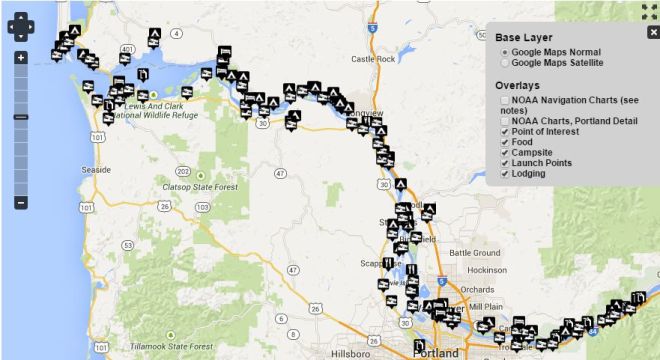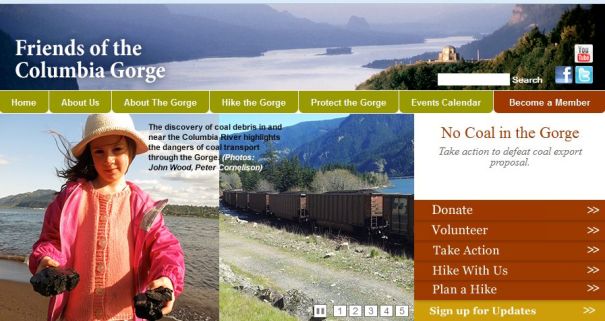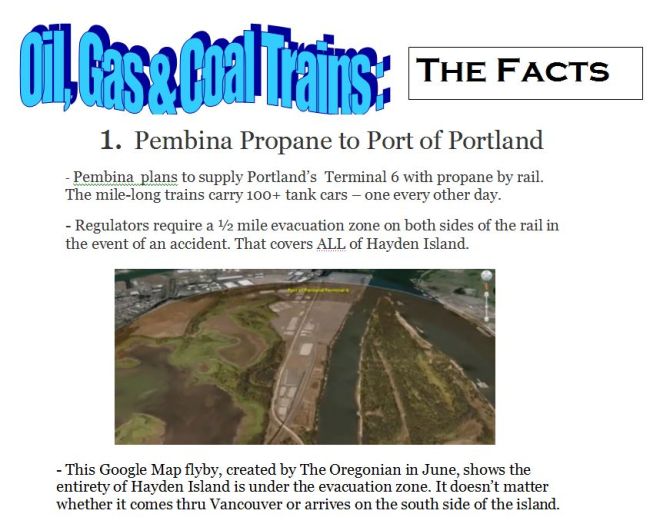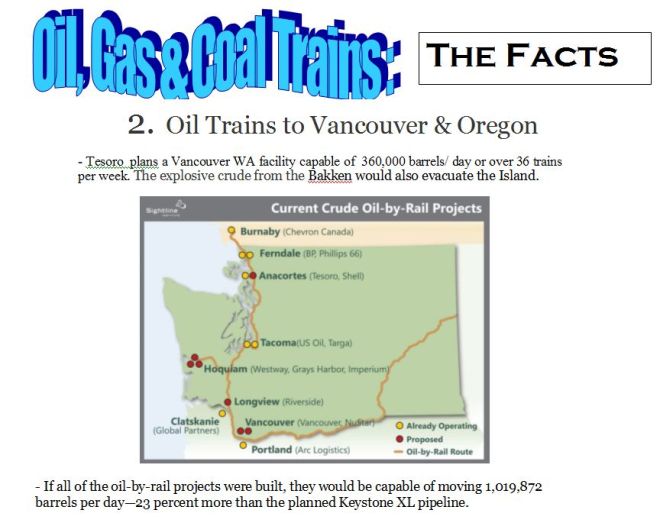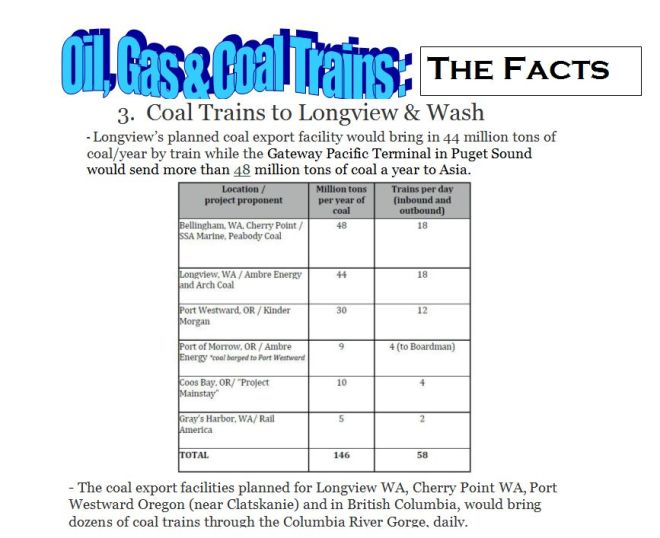The Columbia Corridor is largest economic corridor in Oregon. It stretches 18 miles along the Columbia River from the Rivergate Industrial District on the Willamette River to the Troutdale Industrial District. Their Groundwater Protection Program is designed to prevent hazardous chemicals from contaminating Portland’s well water.
Other commercial and environmental organizations that focus on the river include, Levee Ready Columbia, Columbia Slough, Columbia Riverkeeper, Columbia River Inter-Tribal Fish Commission, Portland North Harbor Neighbors, Bureau of Environmental Services, Waterfront Organizations of Oregon, Working Waterfront Portland, 350pdx.org, Columbia River Gorge Commission and Friends of the Columbia Gorge.
The Estuary Partnership works along the lower 146 miles of the Columbia River from the Bonneville Dam to the Pacific Ocean. The watershed includes 28 cities and 9 counties within the states of Oregon and Washington.
The Lower Columbia Water Trail provides paddlers with information about launch and landing sites, camp sites, lodging and sites of interest along the water. Columbia Connections is their newsletter. The 40-Mile Loop, which passes through Kelly Point Park at the confluence of the Willamette and Columbia rivers, involves 13 local jurisdictions.
Portland plans to spend nearly $5 million in 2017 on the Portland Harbor Superfund cleanup.
The 2,535-page Willamette Superfund plan is a $1.05 billion cleanup plan, projected to be completed in 13 years. It requires landowners to remove more hazardous soil, cap more acres of toxic river bottom shoreline and set aside less land for “monitored natural recovery,” a hands-off approach that lets nature take its course. It was criticized by conservationists, tribes and neighborhood groups.
The most recent Superfund Cleanup Plan nearly doubles the amount of contaminated soil that will be removed from the Willamette and represents a significant cost increase for the 150 entities that will ultimately share responsibility for dirtying the waterway over more than a century.
The Portland Harbor Community Advisory Group is a community of residents and stakeholders who are monitoring the cleanup of the Willamette River.
Others organizations monitoring Superfund progress include: Willamette Riverkeeper, Portland Harbor Community Coalition and Portland Audubon.
Metro works with communities, businesses and residents in Clackamas, Multnomah, and Washington counties. The agency’s boundary encompasses Portland, Oregon and 24 other cities – from the Columbia River in the north to the bend of the Willamette River near Wilsonville, and from the foothills of the Coast Range near Forest Grove to the banks of the Sandy River at Troutdale. Metro offers many field trips and nature programs (calendar). The West Columbia Gorge Chamber of Commerce includes Mt. Hood and Columbia River Gorge.
Among the environmental concerns are several Coal, Oil, and Gas terminals planned along the Columbia River.
- Longview Washington’s proposed Millennium Bulk Terminal would export 44 million tons of coal per year, bringing some 16 coal trains down the Columbia and through Vancouver and Longview each day.
- Tesoro Corp and Savage Services hope to build the nation’s largest oil export terminal in Vancouver. They would spend up to $100 million to build a 42-acre oil-handling operation at Port of Vancouver sites, including Vancouver’s Terminal 5 and Terminal 4. Vancouver’s oil export terminal would receive some 360,000 barrels a day, adding another 8-10 trains/daily, coming and going.
- Global mining giant BHP Billiton also plans to build an export facility at Vancouver’s Terminal 5 to ship potash — a benign crop nutrient — primarily to Asian markets.
Vancouver Washington’s oil export terminal, if approved, would add 4 trains, each more than a mile long. That’s 8 trains a day (4 coming and 4 leaving) in addition to the 16 coal trains running through Vancouver.
The Cherry Point Washington coal export terminal, in Puget Sound, would be the country’s largest, able to export as many as 48 million metric tons of coal yearly to Asia. The Longview coal export facility runs a close 2nd, planned to export about 44 million tons/year.
“These two (Washington) projects alone would result in 38 uncovered coal trains per day traveling through the Columbia River Gorge National Scenic Area, harming air quality, recreation, fish and wildlife habitat and tourism,” said Michael Lang, conservation director for the Portland-based Friends of the Columbia Gorge.
Sustainability Links:
- Audubon Portland
- Portland Bureau of Environmental Services
- Portland Bureau of Planning and Sustainability
- Columbia River Gorge National Scenic Area
- Friends of the Columbia Gorge
- Sightline Institute
- Urban Greenspaces Institute
Activist Links
- Portland North Harbor Neighbors
- 350PDX
- Portland Rising Tide
- Vancouver Action Network
- Greenpeace
- #ShellNo
- Oregonian: Greenpeace Protest
- Oregonian: Propane by rail: A bird’s-eye video of rail routes

